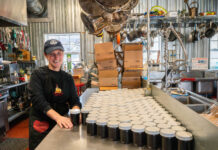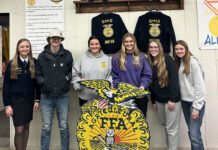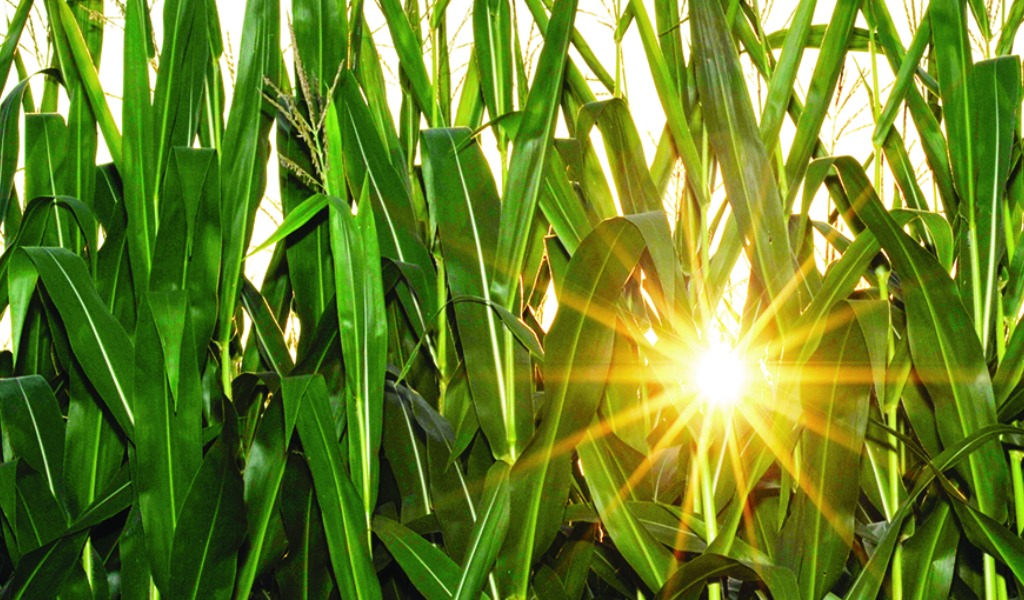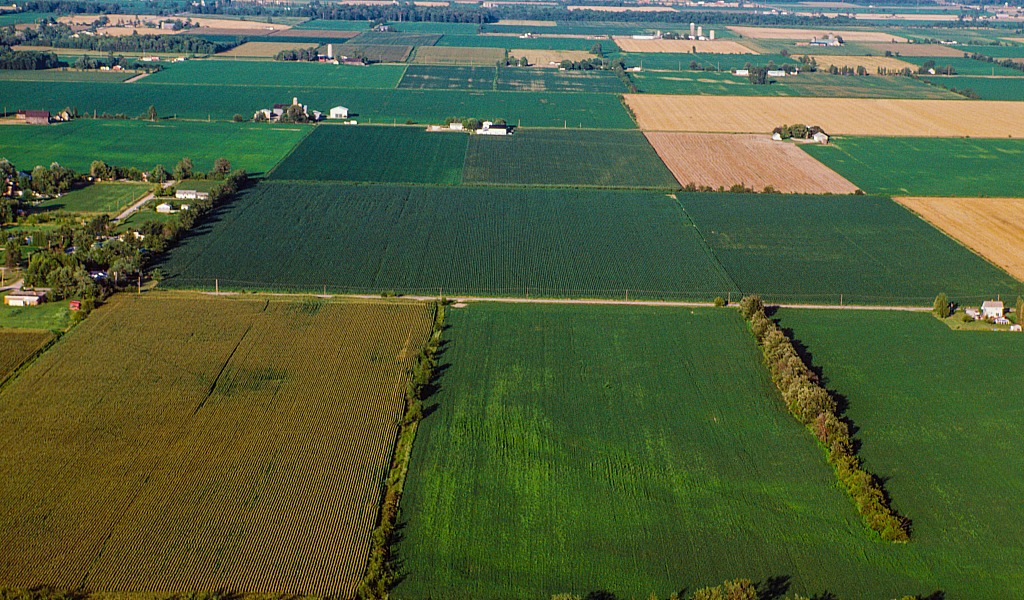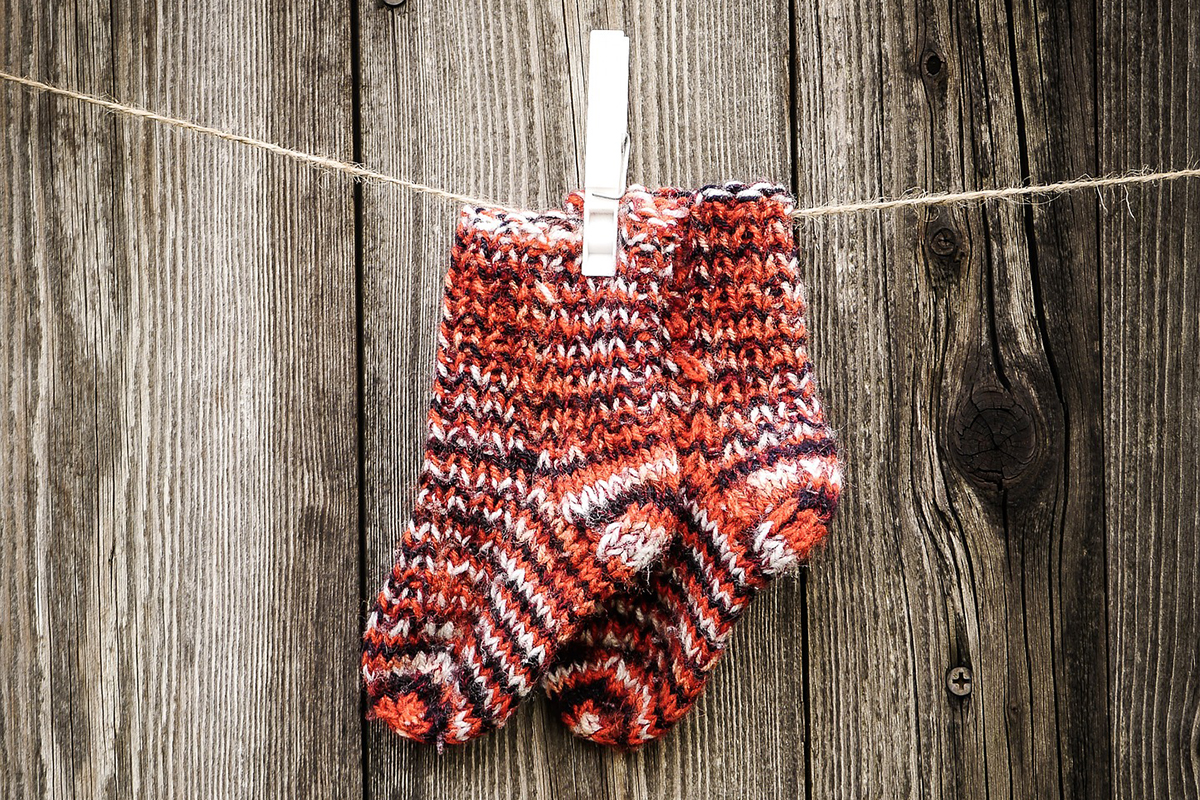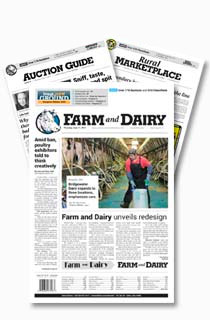Search Results for "collards"
News Results 252 of 342 pages
If you can read and share this, thank a preschool teacher
Columnist Kymberly Foster Seabolt pays honor to those arsenals of construction paper and paste, boo-boo magicians and holiday program planners we call preschool teachers.
Cloth and stone: Geotextile fabric, rock layers build solid heavy use pad reputation
SALEM, Ohio – Heavy use pads do what their name suggests: protect heavily used areas. They can reduce soil erosion, improve water quality and improve aesthetics around the farm.
Bursting at the seams: Farm Science Review jam-packed with exhibits and demonstrations
Displays new for the 2001 Farm Science Review, Sept. 18-20 at the Molly Caren Agricultural Center near New London, Ohio, will cater to niche markets.
Another strong week on board of trade
Grain markets continued bullish action on the Chicago Board of Trade last week. Marlin Clark weighs in in this week’s grain markets report.
Midwestern farming must adapt to reduce topsoil loss
Alan Guebert weighs in on a University of Massachusetts study that revealed 24-46% of topsoil has been lost on intensely-farmed Midwestern land.
Farm Credit salaries, big loans should lead to big questions
Lenders will continue to grow, merge and make whale-sized loans unless the farm, ranch and rural owners of the Farm Credit System begin to question them.
USDA: Net farm income for 2022 will rise $7.3 billion
According to estimates released by the U. S. Department of Agriculture Sept. 1, net farm income for 2022 will rise $7.3 billion to hit $147.7 billion.
‘Stacking bales syndrome’
Eliza Blue is suffering from a little bit of “Stacking Bales Syndrome” after a long winter cooped up in her home.
Crazy times, even for election year
Just when you think 2020 can’t possibly get any crazier, autumn arrives with a carload of crazy in tow, and not just in the U.S., says Alan Guebert.
We still have not learned our lesson
Alan Guebert worries that rather than learning lessons in 2020, Americans have squandered most of the year, over $4 trillion and almost 200,000 lives.
